The “exposure triangle” is a term used in photography to describe the relationship between three fundamental components of a camera’s settings that determine the exposure of an image : aperture, shutter speed, and ISO sensitivity. Understanding how these three factors work together is very crucial to create well-exposed photographs in different situations.
One cannot use the same algorithm to set the exposer triangle with identical settings for every situation. It changes with the type of photography; time; light source; the actual requirement of a photographer at a particular time. This article will help you understand all this in mostly layman’s terms to clarify your basic concepts about the exposer triangle: the threshold of a photographer’s journey.
Table of Contents
1. Aperture - To Get Accurate Exposure
Aperture refers to the opening of the camera lens and is responsible for controllingt the amount of light entrering the camera. It plays a vital role in both exposure control and artistic expression. It is basically a composition of a series of blades which are later adjusted to create a smaller or a larger opening in a transitory motion.
All about F-stops(focal length)
Aperture is measured in F-stops i.e focal length of the opening fsuch as f/1.8; f/2.8 ; f/18 etc. The noticable thing is that the focal length(f) is getting divided by a certain number when denoted in f-stops that means the lower the number of f-stops, bigger will be the aperture. And vice versa. For instance, f/1.8 is much bigger than f/4.5.
The size of aperture plays two significant roles in composing a picture: 1. Exposure and 2. Depth of field .
When the aperture is wide open (a low f-stop number), such as f/1.8, more light is allowed to enter the camera, resulting in a brighter exposure. This is particularly useful in low-light situations or when you want to emphasize a well-lit subject.
Understanding depth of field
Depth of field refers to an area in the frame which is in focus and appears sharp and clear (non blurry). A wide aperture (example; f/1.4) creates a shalloow depth of field thyat means lesser area will be sharp and into focus whereas most of the area in background or forground will appear out of focus and pleasamtly blurred. This helps in highlighting a particular area pr subject in the whole frame and to create a bacground bookeh effect which is visually more appealing. This is often used in portrait/product photography to isolate the subject from distracting elements and draw attention to their features.
On the other hand a narrow aperture alloows lesser light(less exposure) and also increases the depth
of field where much of the area is in focus. This is usefull in lkandscape photography (where everything needs to be in focus) an long exposure shots(where the amount of light entering is already too much).
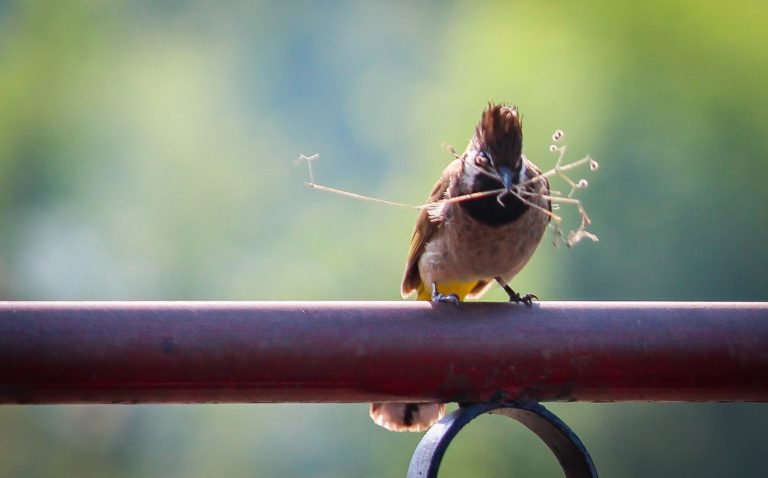
Chosing a right lens wisely
Lenses with a wider aperture attracts bhighers costs too because they provide you more felxibility to handle different exposures, a good bookeh and sharper shots. It is very important for oneself to understand the needs and to get a respective lens with an adequate apereture that can fulfill his needs. Not everyone needs an f/1.4 or f/1.8 aperture, they can save thier money by getting a lens with a lower f number such as f/4.5 or f/2.8.
2. Using Shutter Speed to manipulate lights and motion.
Shutter is a kind of door which opens for a specified time to allow light to enter the camera sensor. Apart from controlling the overall exposure of the frame, it also plys a cruicial role in capturing the essense of motion in photography. Shutter speed is measured in seconds or fractions of a second. It ranges from fast shutter speeds like 1/8000th of a second to slow shutter speeds like 30 seconds or more. This simply means to allow only a limited time for light to enter the sensor, more the amount of light, brighter will be the image.
Determining the correct shutter “SPEED”. Why is it challenging?
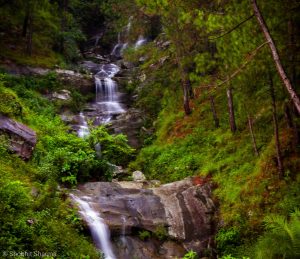
Shutter speed offers you two things primarily: Freezing the time or capturing the motion.
The problem is that you can chose one of the either at a time. Addition to that you also have to keep in mind the available light and required exposer your frame.
A faster shutter speed can help you capture any shot that has motion to appear stand still. Even the moments unnoticeable through a human eye can be captured and can further witness that moment through the captured time capsule.
“Water, an element that can be as still as a dewdrop or as powerful as a tsunami, showcases how shutter speed can tell two stories.” says Shawn Ingersoll, a designer and renowned photographer.
2. Bringing motion into a still picture by slower shutter speed
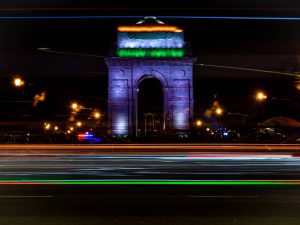
You can capture motion, a blurry photo, lit a very dark scene in your frame, put this anyway but these all stills are created using a longer shutter time. Photons change their position every time there is a change in motion, learn more about photons in this article. It is also a way to bring some authenticity in a frame by showing a fast moving scene in one such way. Like in this picture below where one can easily guess that the vehicle was in a high speed.
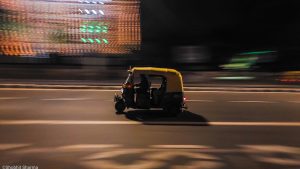
This shot has been taken by following the subjectr with yoiur camera keeping a slightly lower shutter speed to ge5t this motyion blur around the subject. This is a perfect example to understand the functioning a photons.
3. Pulling out internal powers with ISO
ISO is derived from the film era when film rolls with different sensitivity levels were available. In digital photography, ISO works similarly but relates to the sensitivity of the camera’s sensor instead of film. The ISO setting determines how quickly the sensor reacts to incoming light, and it plays a crucial role in determining the exposure of an image, alongside aperture and shutter speed In simple words, its just the inner light of a sensor like a torch which is used when there is not enough exposure in the frame.
Technical explaination of ISO
The science behind ISO involves the manipulation of electrical signals on the camera’s sensor. The image sensor in a digital camera is made up of millions of tiny light-sensitive pixels. When light(photons) enters the camera through the lens, it strikes these pixels, and each pixel generates an electrical charge proportional to the amount of light it receives.
The ISO setting determines how much amplification is applied to this electrical charge. In other words, it controls how much the electrical signal from each pixel is boosted before being converted into a digital image. Higher ISO settings amplify the electrical signal more, making the sensor more sensitive to light, while lower ISO settings apply less amplification, making the sensor less sensitive to light.
Corelation of Aperture, ISO and Shutter speed
Let’s illustrate the use and settings of aperture, ISO, and shutter speed for different exposures in various lighting conditions:
- Low Light or Night Photography:
- Aperture: Use a wide aperture (low f-stop number) like f/2.8 or f/1.8 to allow more light to enter the camera. This creates a shallow depth of field, which is ideal for isolating the subject from the background.
- Shutter Speed: Use a slower shutter speed like 1/30th of a second or longer to gather more light. However, use a tripod to avoid camera shake and blur in the image.
- ISO: Increase the ISO to a higher value like ISO 1600 or higher to further boost the sensor’s sensitivity to light and compensate for the low light conditions.
- Portrait Photography:
- Aperture: Use a medium to wide aperture (e.g., f/4 to f/2.8) to create a pleasing background blur while keeping the subject in sharp focus.
- Shutter Speed: Use a moderate shutter speed like 1/100th of a second to avoid camera shake and capture any slight movements from the subject.
- ISO: Use a lower ISO value like ISO 100 or 200 in well-lit conditions to achieve the best image quality and reduce noise.
- Landscape Photography:
- Aperture: Use a narrow aperture (high f-stop number) like f/11 or f/16 to achieve a deep depth of field, ensuring everything from the foreground to the background is in focus.
- Shutter Speed: Use a moderate to fast shutter speed depending on any movement in the scene, like 1/60th of a second to freeze minor movements or 1/250th of a second to freeze more significant movements.
- ISO: Use a lower ISO value like ISO 100 or 200 in daylight conditions to maintain image quality and capture the fine details of the landscape.
- Action or Sports Photography:
- Aperture: Use a medium aperture (e.g., f/5.6 to f/8) to strike a balance between depth of field and capturing the subject in focus.
- Shutter Speed: Use a fast shutter speed like 1/500th of a second or faster to freeze fast-moving subjects and avoid motion blur.
- ISO: Use a moderate to higher ISO value like ISO 400 or 800 in indoor or lower light situations to ensure you have a fast enough shutter speed.
- Creative Long Exposure:
- Aperture: Use a narrow aperture (high f-stop number) like f/16 to reduce the amount of light entering the camera.
- Shutter Speed: Use a slow shutter speed like several seconds or even minutes to create long exposure effects like light trails or silky water.
- ISO: Use a lower ISO value like ISO 100 to maintain image quality and reduce noise in the long exposure image.
Remember that the settings of aperture, ISO, and shutter speed will vary depending on the specific lighting conditions, subject, and creative vision of the photographer. It’s essential to experiment with different settings and find the right combination that suits your intended exposure and artistic goals.

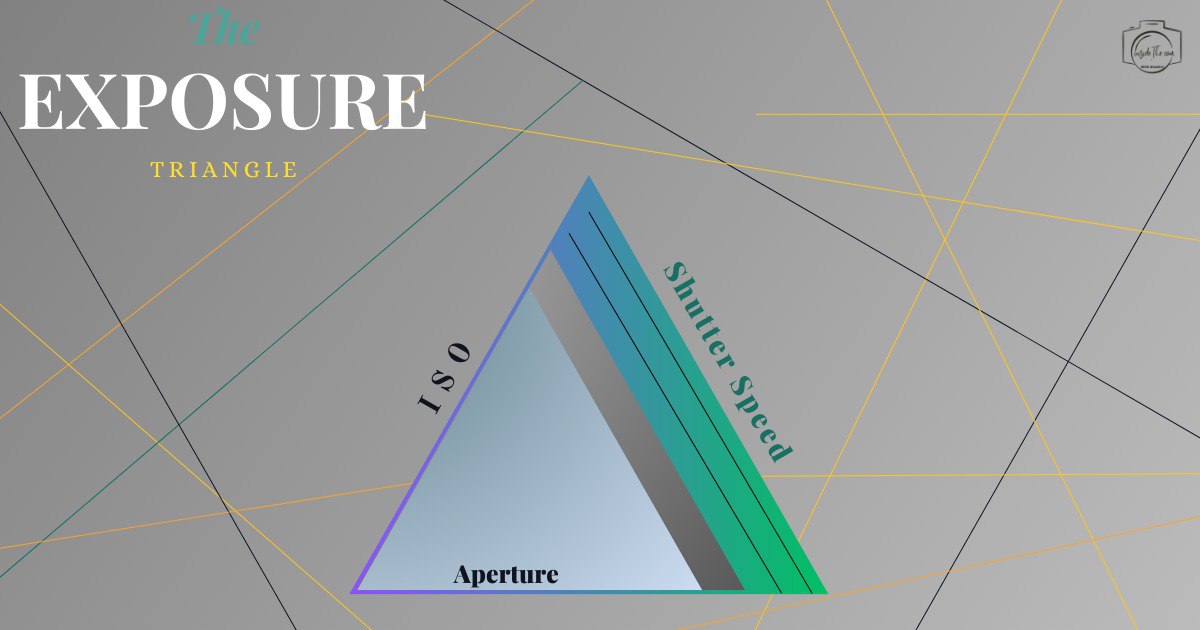
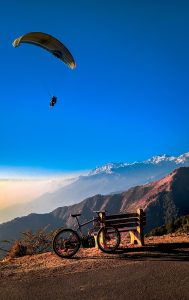
Hi! Sorry i just curious, what template did you use for your website? I want to use it on my website at https://www.gdiz.eu.org
Right now it seems like Movable Type is the preferred blogging platform out there right now.
(from what I’ve read) Is that what you’re using on your blog?
Hello to every body, it’s my first pay a visit of this web site; this web site consists of amazing and truly good
material for visitors.